What Does a Sympathetic Portrayal of Sexual Assault on Screen Look Like?
As Sexual Assault Awareness Month comes to an end, I’d like to urge viewers and filmmakers to take a long and hard look at how rape is portrayed on screen.
Before I start, I feel the need to clarify that by bisexual, I’m talking about sexuality directed towards members of more than one gender identities. I’ll admit that the clarification will seem pointless since the films I’m about to mention barely involve characters who aren’t either male or female. However, that is due to the lack of gender-queer representation in media and not how I personally perceive bisexuality.
Now, bi-erasure, for those who might not know, simply identifies the often common phenomenon of bisexuality not being acknowledged. This can be in cinema, music, art, novels, or even in real life. This has happened to every community that falls under the umbrella term ‘queer’, you might be thinking. However, bisexuality has a more prominent history of being subjected to this. Bisexual coming-out scenes are extremely scarce, and most bisexual stories acknowledge only homosexual tendencies or otherwise just portray bisexuality as a phase or an experimental experience. It sometimes manifests from the urge to steer narratives away from heteronormativity. In an attempt to portray heteronormativity negatively, homosexual experiences are highlighted to the point where bisexuality doesn’t get acknowledged. So is it really queer-positive if it comes at the cost of bi-erasure?
A very common form of bi-erasure is when a character who’s only had heterosexual experiences, starts experiencing homosexual tendencies and is then shown to realize that they were homosexual all along and pretended to be heterosexual. This is bi-erasure because quite often, the character might just be bisexual, and by saying they finally realized they’re gay, the narrative is essentially erasing the possibility of the character being bi. If only a few stories were of this kind, it wouldn’t be an issue, but this is extremely rampant (Brokeback Mountain, Call Me By Your Name, and Teorema to name a few, are all considered to be gay films).

One of the most classic examples of bi-erasure from Hollywood in the 21st Century is Jennifer’s Body. Starring Megan Fox as the titular Jennifer, the film was marketed as an overly sexual horror film that specifically caters to the male gaze of heterosexual adolescents. However, its cinematography is abundant in the female gaze, which usually includes focusing on hands, lips, and eyes, sensuously but emotionally perceiving the characters on screen. The male gaze, on the other hand, tends to focus on the body itself, with a certain lust in its framing of female characters specifically. Plus, Jennifer Check actually says the words “I go both ways” in reference to her sexual preference. Still, being perceived as a heterosexual narrative is blatant bi-erasure. However, I have good news for you. The film is being re-evaluated and reclaimed as an important work in queer horror.
Although, one doesn’t have to travel back as many as thirteen years for examples of bi-erasure in current cinema. Just a little over 4 years ago, Netflix released its beloved gay teen romance, Alex Strangelove. Once again, the main character, despite having serious thoughts about being bisexual, ends up discovering they’re gay. What’s worse, his best friend even goes so far as to dismiss his questions regarding possibly being bi when he was actually confused about his sexuality. The rampant phenomenon of bi-erasure may suggest that there’s a blatant lack of acceptance for us bisexuals, but things aren’t as bleak as they may seem from mainstream media. I intend to explore some films and television series I feel did a more than decent job of finally providing bisexuals the representation they deserve.
Before diving into that though, I must talk about another common misrepresentation of bisexuals. We’re often portrayed to be unfaithful. The most common example of this is Imagine Me & You, but there are many more. In fact, Alex Strangelove itself featured this cliché trope. Bisexuals aren’t extra horny than other people in general, and we’re definitely not all infidels. Why the media feels the need to show bi characters manifest their sexuality by cheating on a partner from either a homosexual or heterosexual relationship, is beyond me. Yes, that is certainly the experience of some people, but making it a trope just insinuates that this behaviour has something to do with bisexuality when it’s simply about commitment issues.

Of course the first name that comes to mind is Jennifer Check (Megan Fox) and one must acknowledge the fact that the film isn’t guilty of bi-erasure, no matter what mistakes were made while marketing it. It accepts Jennifer’s bisexuality with a line that openly confirms she is bi. Jennifer’s fascination with her best friend Needy (Amanda Seyfried) is clearly beyond platonic and they are even shown to kiss. And it’s not just Jennifer, but Needy too who is bi. During a scene in a bar, Jennifer holds Needy’s hand while a romantic song plays in the background and the previously grave Needy breaks into a warm grin at that gesture. This is just one of the many instances when Jennifer’s Body openly acknowledges bisexuality as an actual sexual identity. It doesn’t go the distance of dismissing Needy’s feelings for her boyfriend Chip (Johnny Simmons) and that’s why I love the film. It’s not erasing bisexuality by making them lesbians, but in fact acknowledging them for who they are. And the best part? Needy stops midway of kissing Jennifer. Sure, the reasons cited don’t explicitly include that, but it can be interpreted as a wish for Needy to not cheat on Chip. There’s a reason it’s my favourite film for bisexual representation.
Another iconic cult classic that has supernatural bisexual characters is the 1994 film Interview with the Vampire: The Vampire Chronicles. Louis (Brad Pitt) and Lestat (Tom Cruise) are both bisexual characters. Their bisexuality, if you ask me, seems to be almost absent outside subtext in the film which is written by Anne Rice, the writer of the book the film is based on, which is more open about the characters being bi. Be that as it may, the film is not guilty of bi-erasure. Sure, it would have been better to see a scene that actually confirmed that the two men had feelings for each other and were attracted to each other and not just women, but it’s not as simple as that. The lore about vampires in the universe of The Vampire Chronicles actually says that vampires are incapable of feeling sexual arousal since they’re practically dead. So, showing a scene of passion between the two characters would be inaccurate. Them being co-parents is as far as it’ll go, and if you ask me, that’s still better than the little other films are interested in doing for bi representation.
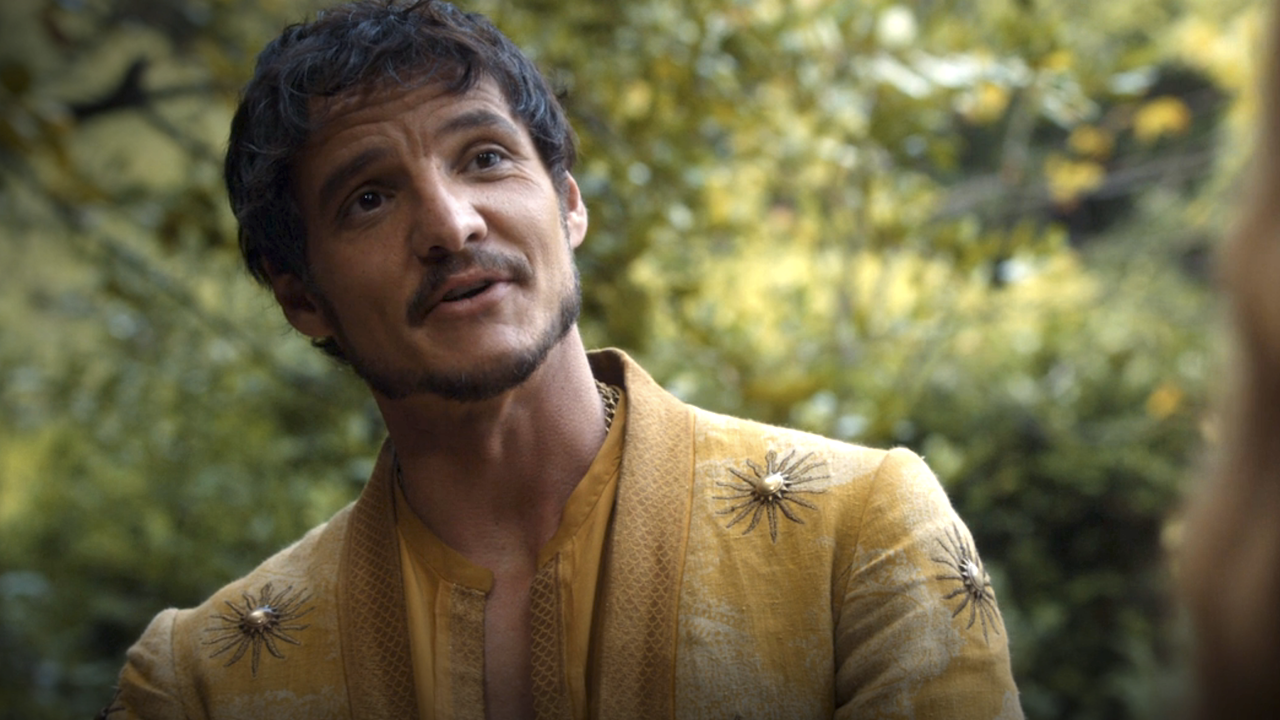
Gregg Araki is an important name when it comes to queer cinema, obviously. And the 2010 Queer Palm-winning feature Kaboom, written and directed by Araki, is an unashamedly queer movie. And not just lesbians and gays, the film has openly bisexual characters. The protagonist Smith (Thomas Dekker) is someone on the higher side of the Kinsey scale and says he doesn’t want to put an exact label on it, but he is basically into both men and women. This might seem like bi-erasure because he clearly doesn’t use the label and neither do the two other male characters, Hunter (Jason Olive) and Rex (Andy Fischer-Price), who are secretly gay best friends masquerading as heterosexuals. However, it’s great bi representation because he acknowledges the lack of clarity but without hailing heterosexuality or homosexuality as a solution to any problem he has. The film clearly acknowledges bisexual behaviour. It would be better to hear the word, but 12 years ago, that was extremely rare and I find the film to be progressive and diverse enough to excuse not saying the word “bi” itself.
Kaboom is also one of the rare instances of bisexual men who aren’t promiscuous or confused, but genuinely and comfortably bi with no interest in cheating. 2019’s Velvet Buzzsaw actually had Jake Gyllenhaal playing a bisexual man but his character falls into the cliché tropes again, and it’s not good representation unlike the example of Smith from Kaboom. That being said, another great bisexual male character is Game of Thrones‘ Oberyn Martell (Pedro Pascal) and he is also a man of colour for that matter. For women, the trope is quite notoriously common as well, but there are a good number of exceptions too. For example, the film Scott Pilgrim vs. the World featured Mary Elizabeth Winstead as Ramona Flowers, a character who apart from having six ex-boyfriends also has an ex-girlfriend Roxy (Mae Whitman). She even says that her relationship with Roxy is “bi-curious”, so there you go, the actual word gets said without any negative connotations. And again, it’s honest and positive representation because bi-curiosity is matter-of-factly mentioned as a phenomenon instead of a problem that needs solving by choosing either homosexuality or heterosexuality.
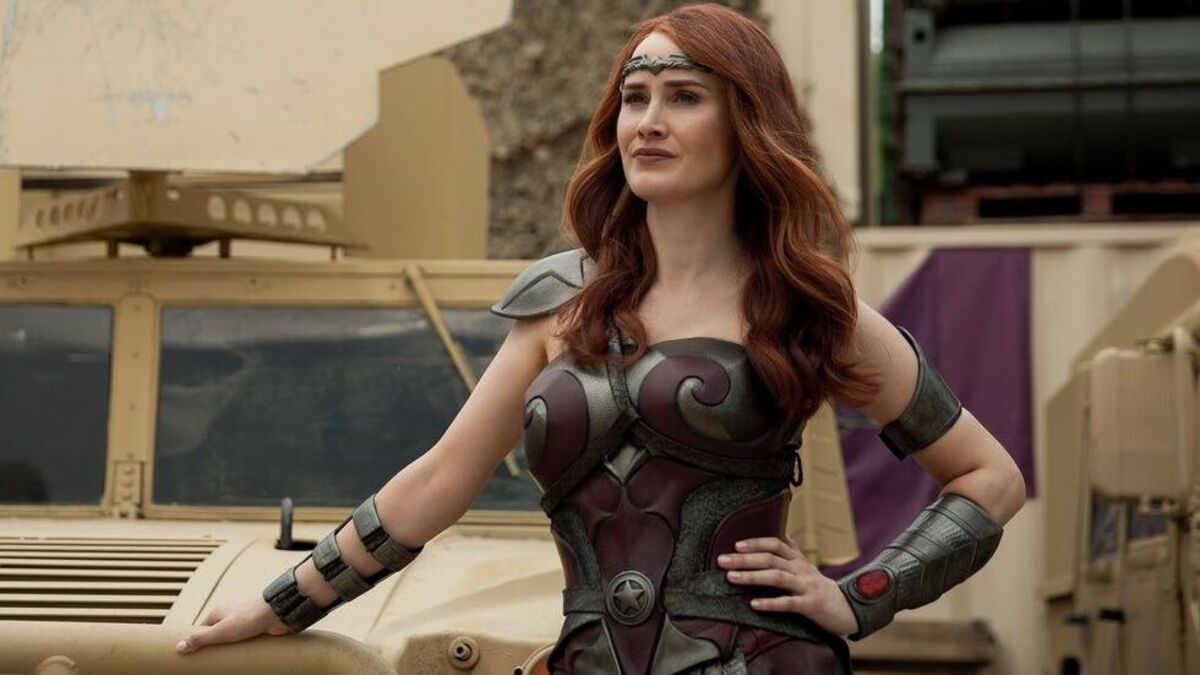
A direct derivative from the supernatural kind of character is the superhero or supervillain. And when it comes to that, there’s plenty of bi-erasure to go around. One of the most infamous cases is that of Wonder Woman’s. Her creator Dr. Marston specifically intended for the character to be bi and also sexual but not for the sake of men’s pleasure but for her own, and for providing her submissives with a reason to submit to her. The film Professor Marston and the Wonder Women is a biopic of said Dr. William Marston (Luke Evans), his wife Dr. Elizabeth Marston (Rebecca Hall) and their intern Olive Byrne (Bella Heathcote) who lived an unconventional polyamorous life. Both the women were openly bisexual and the film has scenes where they confirm that not just through actions but verbally. However, eventually, the comic strips offended so many people that Wonder Woman was stripped of her powers as well as her bisexuality. Later the comic books revived her personality and now we even have comic strips acknowledging her bisexuality, but the films and series about her, whether live-action or animation, are still largely guilty of bi-erasure.
Amazon Prime’s The Boys has a character Queen Maeve (Dominique McElligott), who is clearly just their version of Justice League’s Wonder Woman and whether as a tribute to her or through independent inspiration, she happens to be bi. This is also the case in the comic books that the show is based on. Not only is she shown to be in relationships with both a man and a woman, she even comes out in the show. In true The Boys fashion, which is to satirize every facet of the society we live in, she’s advised by the Vice President of Vought to come out to fans as lesbian because that’s an “easier sell”. I’ve not seen any mainstream commentary on bi-erasure that’s more powerful than that particular scene. It directly confronts people’s perception of bisexuality.

And then there are my dearly beloved comic book characters Harley Quinn (Margot Robbie) and Loki Laufeyson (Tom Hiddleston). Anti-heroes from the Diamond Comics Extended Universe and Marvel Cinematic Universe respectively, both these characters are bisexual, unashamed about it and written compassionately with their sexual identities in mind. The box office flop Birds of Prey (and the Fantabulous Emancipation of One Harley Quinn) features an opening scene that catches viewers up on the events of Harley Quinn’s life to her break-up with Joker. In the scene featuring animated visuals, is a momentary glimpse of her relationship with another DC Femme Fatale, Poison Ivy. In the comic books, this is more openly talked about, but the film isn’t guilty of bi-erasure by any means. Sure, she doesn’t have relations with a woman after breaking up with Joker but neither does she date men. And her iconic hairdo, with the ends coloured pink and blue, is a direct acknowledgement of the colours in the bisexual flag! There’s even a scene where she walks through smoke, that’s coloured pink and blue. So her bisexuality may not be acknowledged through sexual acts, but she is more than enough bi to get bi.
And so is the case for Loki. He is never shown to be sexually involved with men but he literally says that he has had relations with both men and women. There’s a particular scene in the Disney+ show Loki where he tells his potential romantic partner Sylvie that he is indeed bisexual, without however using the actual word. Speaking of characters from Diamond Comics by the way, Sara Lance is a popular mainstream bisexual superhero. Played by Caity Lotz in the CW shows Arrow and Legends of Tomorrow, she has been shown to have relationships of both romantic and sexual nature with both male and female characters. There has also been conjecture about Selina Kyle (Zoë Kravitz) in 2022’s The Batman. Kyle is bisexual in the comics but all of her film and TV personas have been heterosexual. This is a classic case of bi-erasure and while Kravitz says she interpreted her character’s arc as suggesting bisexuality for her character, I hope to see more openly bi interpretations of Catwoman in the future.

One of the most infamous crime thrillers in Hollywood, the 1992 film Basic Instinct actually features a bisexual character. Catherine Tramell (Sharon Stone), who’s the female protagonist of the film, happens to be bi and is portrayed as having sexual experiences with both male and female characters. Her representation is cliché in terms of promiscuity but there’s no infidelity. Unfortunately, the film is literally overflowing with male gaze. So while the character’s presence makes it good for bi representation, her existence simply for the pleasure of the heterosexual male gaze does somewhat reduce the strength of her screen presence. In 2006, a sequel was released which straight-washed her. That isn’t just blatant bi-erasure, it’s queer-erasure in general.
The Wachowski sisters have been influential queer people in the film industry for a long time now, and one of the most progressive representations of bisexuality happens to be in their feature film directorial debut Bound (1996). The story is quite cliché. It’s about Violet (Jennifer Tilly) who stays in a sort of loveless marriage with mafia man Caesar (Joe Pantollano). She meets Corky (Gina Gershon) and seduces her into helping her loot her husband and elope together. However, it’s a trendsetting film. Why? Because you’ve seen the film with a man in place of Corky a million times, but even by 2022, you haven’t seen that many with a woman in Corky’s place. The Wachowskis actually refused to replace her with a male character despite a request from the studio, saying that that story has been told many times. And not only that, despite showing infidelity, the film doesn’t add to harmful stereotyping because the marriage Violet wants to run from is genuinely a stale one.

When it comes to bisexuals in action thrillers, who can forget the one and only Villanelle (Jodie Comer) from Killing Eve? She is at her sexual prime in the timeline of the show and sleeps with pretty much everyone she can. Her fascination however lies with Eve and there’s even a scene where she has sex with a woman while addressing her as Eve. It’s clear she is genuinely infatuated with Eve and is sleeping around just for sexual needs. This is a beautiful bit of bisexual representation. Sure, it portrays her as promiscuous, but it powerfully establishes that bisexuals don’t need to choose a side at all and that they aren’t partly gay and partly straight. It’s not her lesbian side that’s into Eve and her straight side that’s sleeping with men. She is entirely bi and she isn’t necessarily choosing same-sex but choosing Eve.
Another mention-worthy bisexual character from a thriller is Lorraine Broughton (Charlize Theron) from 2017’s Atomic Blonde. Theron herself addressed bi-erasure in the media when she said it’s important to her that Lorraine is bi since she feels bisexuality isn’t often represented in cinema. Not only does Lorraine not fall for the male spy, she actually has sex with a female spy and doesn’t fall in love with her either. This challenges a popular misogynist approach that female characters are often burdened with. They fall in love with the hero they sleep with or else they sleep around, establishing themselves as shamelessly promiscuous, meant to be shamed by heterosexual men. I think it’s really important because this is especially what is quite often missing from bi representation. Bisexual characters who aren’t in committed relationships face their own brand of bi-erasure by being called slutty or confused. While committed ones are called gay while in a same-sex relationship and straight while in a heterosexual relationship, it’s not better to be called confused whenever not committed. So the fact that Lorraine is both comfortably and confidently bi and not committed is genuinely trailblazing in terms of good bi-representation.
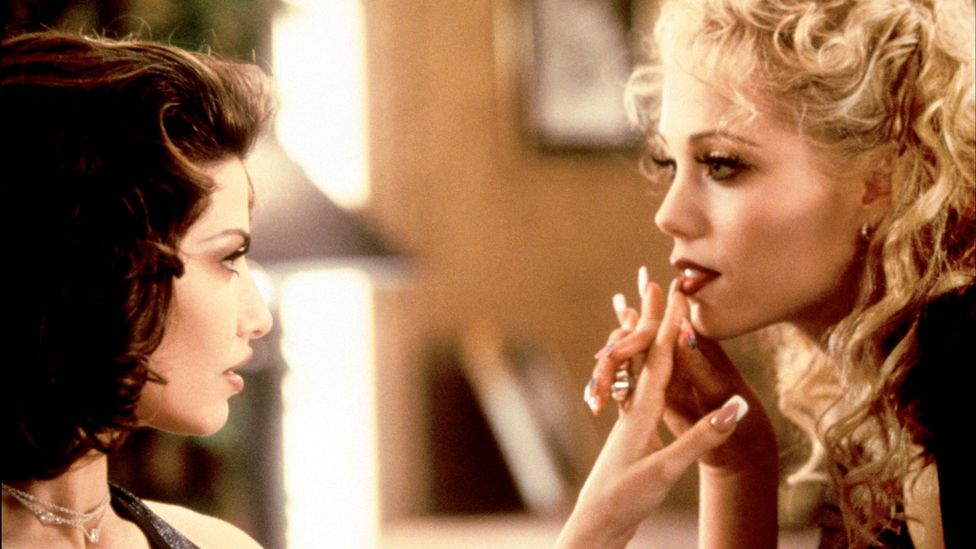
Speaking of characters portrayed by Charlize Theron, the 2018 film Tully comes to mind when speaking of bi-erasure. Tully (Mackenzie Davis) is a night nurse working for Marlo (Charlize Theron) after the latter gives birth to her third child and finds it too much to deal with the three children. Marlo’s bisexuality is never openly confirmed, and it’s properly portrayed only through one kiss. However, she is definitely bisexual and Tully is so important because the story hinges in no way on her queerness. It’s about Marlo’s struggles with herself as a mother of three who doesn’t feel good in her skin any longer. This is a very important step for representation because queer films rarely feature stories of queer characters which are not about their queerness. Yet, being queer is just a part of any queer person’s identity and they go through a lot in life that has nothing to do with them being queer. Written by Diablo Cody, who also wrote the now-iconic Jennifer’s Body I talked about in detail earlier, Tully is thus a very important film with respect to fighting bi-erasure. It fights stereotypical bisexual representation as well because Marlo is far from sexualized and sex doesn’t even feature much in the film, especially not explicitly.
Another box office flop which is now being reclaimed as a queer classic, much like Jennifer’s Body, happens to be Paul Verhoeven’s controversial 1995 film Showgirls. Starring Elizabeth Berkley and Gina Gershon as bisexual dancers Nomi Malone and Cristal Connors respectively, it’s now often hailed as a quintessential queer classic. When it came out, the voyeuristic cinematography got it labeled as pornography, and apart from some people enjoying it as their guilty pleasure watches, no one took Showgirls seriously. Fortunately, that is no longer the case. Nomi and Cristal are actually powerful female characters. Sure, their livelihoods are literally about being able to pander to the heterosexual male gaze, but they are given tons of agency in the film and both of them are unashamedly outspoken about their distaste for male politics. Nomi literally confronts every man and woman who stands in her way and Cristal eventually applauds her for that. Similarly, while their love is shot with somewhat distasteful cinematography, their bisexuality is neither under attack nor the focus of the story. They’re allowed to be bi just as is… and this is in a film called Showgirls from 1995! That practically speaks for itself as a weapon against bi-erasure.
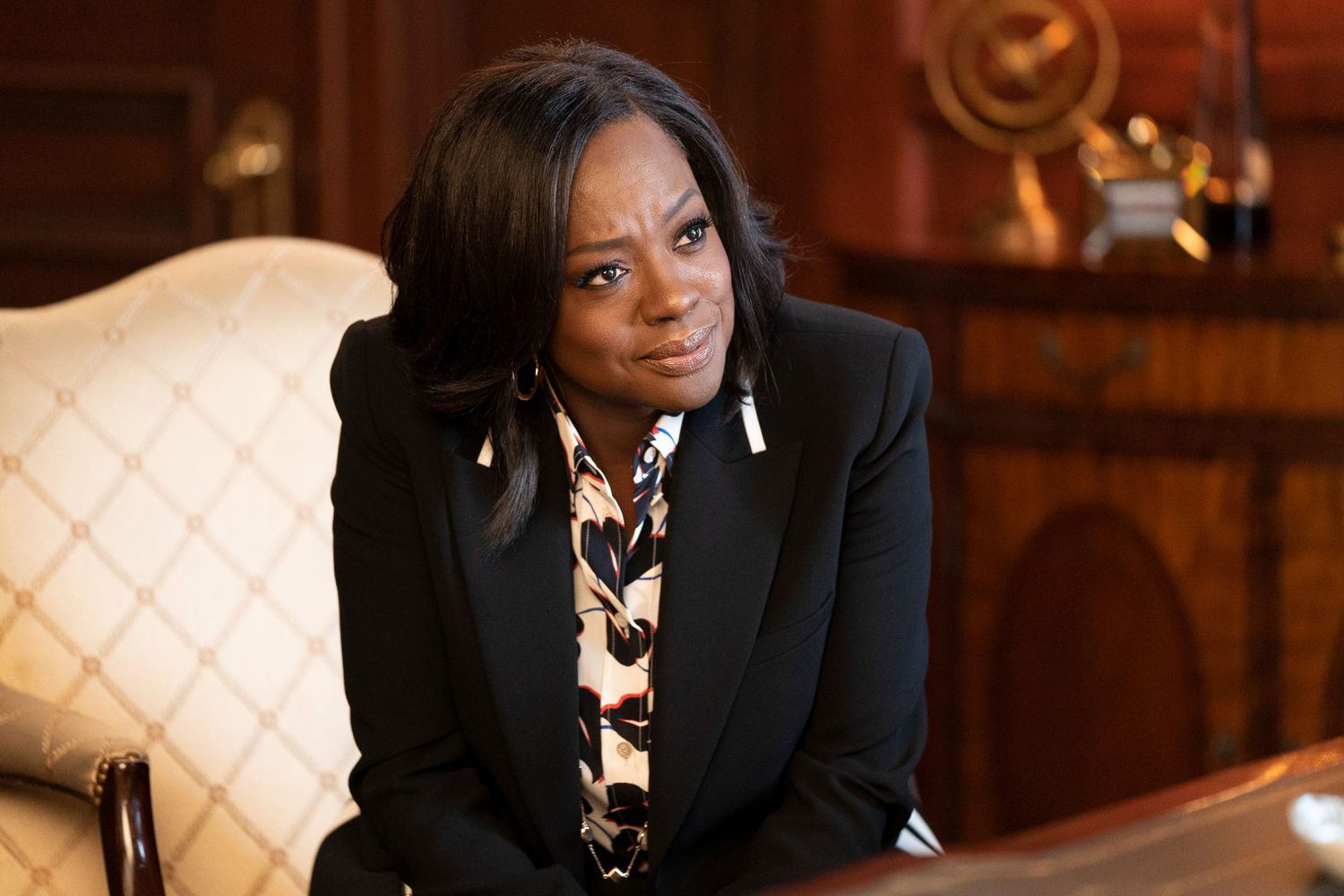
Amongst other dramas featuring openly bisexual characters, The Grand Budapest Hotel deserves a mention because Gustave H. (Ralph Fiennes) literally says he had slept with every one of his employees, whether male or female, and even gets called bisexual in the film. Yes, the word is actually used. Then there’s Emma Seligman’s feature directorial debut, the 2021 film Shiva Baby. The protagonist played by Rachel Sennot literally accuses her mother of believing all bisexual people are experimenting and well, there’s your war cry against bi-erasure. Another beautiful example from 2021 is Pedro Almodóvar’s Parallel Mothers. Janis (Penélope Cruz) is a single mother in the film who meets a much younger woman, Ana (Milena Smit), in the maternity ward. Eventually, they bond over the absence of fathers in their children’s lives, fall in love, and have sex. Janis isn’t shown to realize she was a lesbian all along but actually comes to terms with being bi. Another very popular bisexual character in the drama genre is How To Get Away With Murder’s Annalise Keating (Viola Davis). She is openly bi and has many relationships with both men and women through the six seasons of the show.
In 2022, it’d be very difficult to discuss queer cinema without mentioning at least one feature from Xavier Dolan and now the time has come to talk about Matthias & Maxime. It’s a story of how two apparently heterosexual childhood friends kiss for a movie scene and then slowly become wrapped up in recurring thoughts of kissing each other again. Why this stands out as a great bi representation again, is because despite following in the footsteps of Brokeback Mountain, it clearly establishes the characters as bi. Or at best, bi-confused. Their heterosexual experiences are not questioned and the film is about the characters’ reconciliation of possibly being bi. Of course, Dolan made a film that fights bi-erasure too. There aren’t many queer issues he hasn’t made a film about at this point. Another influential queer figure, specifically bisexual figure in the film circuit is Desiree Akhavan. Before she wrote and starred in the six-part miniseries The Bisexual, she also directed and wrote a feature film in 2014 called Appropriate Behavior in which she starred as Shirin, a bisexual. While the film is very open about Shirin’s sexuality, it’s not positive bi-representation as you might expect. The film has not many, but enough transphobic jokes to make me weary of the way it portrays bisexuals. The bisexual community is quite often under unnecessary scrutiny for apparently being transphobic despite that being just personal experiences from transphobic bisexuals and not a common occurrence nor a consequence of how bisexuality is defined. So, transphobic jokes being played for laughs is definitely bad bi representation.
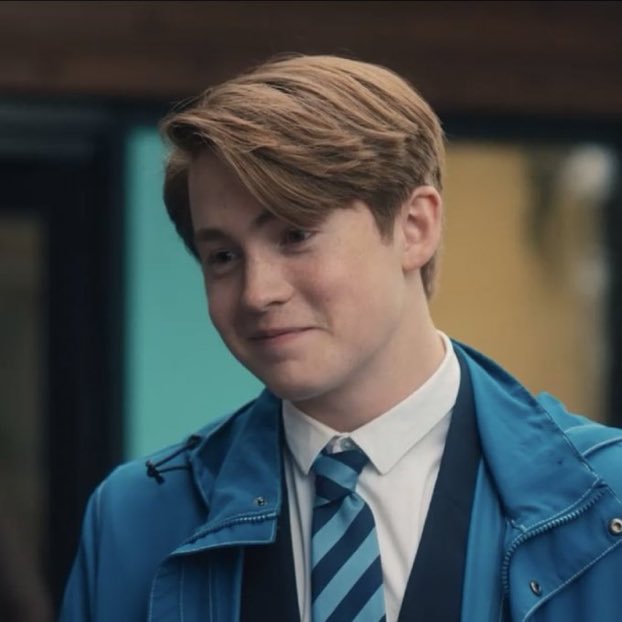
I saved the best for the last! Just kidding, but seriously, it’s so liberating to see teens come into their own as bisexuals, away from all the bi-phobia and bi-erasure of the adult world, only to take stances for their sexuality and lead the fight against erasure. So, to start off, let’s take the example of Netflix’s most popular queer release in recent times – Heartstopper. Apart from telling the story of how Charlie Spring (Joe Locke) gets out of a toxic relationship with a closeted boy, it also tells the story of how Nick Nelson (Kit Connor) figures out his sexuality. And in beautiful bi-positive storytelling, Nick discovers his secret admiration and attraction for males, doesn’t mean he was faking his relationships with girls, but means he is bisexual! Yes, he takes a Buzzfeed quiz about it, but unless you’ve been bi-baited by a bunch of content that promised you bisexual characters only to have them choose a side, you’ll maybe not realize the potential of Nick’s coming-out scene. He actually researches about possibly being bi and comes out to Charlie by saying he may be bi. Not may be gay, but may be bi! This is the most recent content mentioned in this article, and this is why I said I have good news. Things really are looking up for bisexuals now!
Another prominent Netflix teen drama Sex Education features a bi character, Adam Groff (Connor Swindells). His bisexual awakening was a bit less nuanced than Nick’s, but it was an interesting direction for the character. Adam’s story is at the very least not bi-phobic. It’s a controversial story, him developing feelings for the boy he aggressively bullied and having them reciprocated, but his presence is a step against bi-erasure. I mean, his relationship with Aimee (Aimee Lou Wood) could very easily have been dismissed altogether but the writers decided to acknowledge that the character is bisexual.
One of my favorite films about bisexuality and my favorite one about queer teens is the 2012 feature Young & Wild directed by Marialy Rivas. This Spanish film tackles the way Christianity creates the closet for characters who don’t even have personal struggles with their sexuality. Daniela Ramírez (Alicia Rodríguez) is a bisexual teenager who is undergoing her sexual awakening. Finding out she’s had sex, her headmistress rusticates her from school and her mother forces her to work in the Evangelical network studio in hopes she’ll be “fixed” and find her way to God. What I love about the film is the character’s lack of confusion about her sexual identity. She starts out knowing she is bisexual. This isn’t just relevant as a stance against bi-erasure, it’s a genuine breath of fresh air as a bisexual person. I deal with tons of internalized biphobia and here she is, brought up in a heterosexual Catholic sex-shaming family, completely comfortable in her bisexuality! Plus, the film is narrated in the form of blog posts, decorated with GIFs, and is essentially as Gen Z as a film gets. Moreover, the character is obsessed with sex, which is common for an 18-year-old finally experiencing sex from an educated perspective, and yet none of the cliché stereotypes about bisexuals are reinforced through the film.

I know this essentially falls in the drama section, but Brooklyn Nine-Nine’s Rosa Diaz (Stephanie Beatriz) deserves her own section in this topic. Not only is she played by an openly bisexual actress, she actually comes out as a bisexual. On a TV show that was being broadcast on Fox then! She literally said “I am bisexual”, and there’s an entire episode dedicated to how she deals with coming out. She also tells us the story of how she realized she was bi as a kid after being sexually attracted to both the male and female characters of a film she had seen. She then tells her parents about it and there’s an extended arc about their reactions. In the episode and later on in Rosa’s story tackles the issue of biphobia that is born of living in this society as opposed to personal grievances. Also, if you follow the trend of bisexual culture, you’ll know a common definition of bi-culture is being sexually attracted to both male and female leads of a film. Beatriz had a role to play in the way her character was written, and honestly, watching her live her truth as a bisexual New York cop in one of the funniest mainstream sitcoms today is a very empowering and liberating experience.
So, yes, bi-erasure as an issue is still a major problem in queer cinema and TV, but I hope this article was able to convince you that the future looks bright. We aren’t 50% gay and 50% straight, we aren’t confused or experimenting, we aren’t “slutty” and unfaithful, we don’t have to choose sides and we aren’t transphobic. We. Are. Bisexual. And cinema and TV are gradually realizing that and depicting us as such. While I could complain for hours about how we are rendered invisible, I’m genuinely happy about the direction bi-representation seems to be taking. And that’s including men, because while there are only a few mentions of men here, at least two are very recent, with the noteworthy Nick Nelson as recent as 2022.
Related lists created by the same author
As Sexual Assault Awareness Month comes to an end, I’d like to urge viewers and filmmakers to take a long and hard look at how rape is portrayed on screen.
Related diversity category
What happens to an inseparable bond when love for competing morphs into competing for love?
Related movie/TV/List/Topic
For one widowed father and his five kids, an extraordinary gift will change their lives forever.